April 29-May 4, 2024
Spectacular Skies
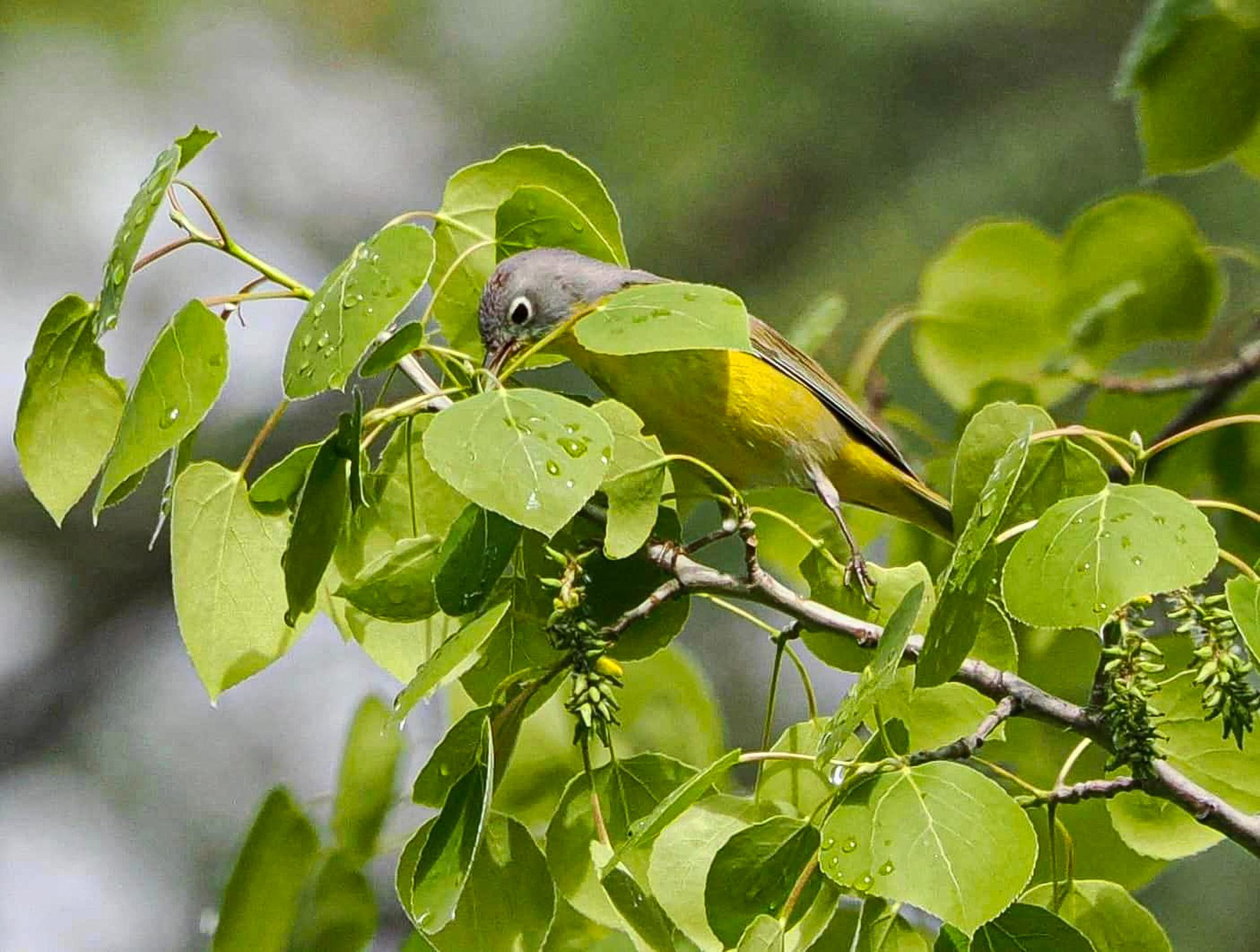
A week of unsettled weather created spectacular light as towering clouds and bits of rain mixed with blue sky.
Week in Review
It looks like the spring songbirds are finally arriving in full force! Western kingbirds on open shrub-steppe hillsides, Hammond's flycatchers and Cassin's vireos in conifer forests, rufous and calliope hummingbirds at flowers, and Nashville warblers around deciduous trees. This is a fun, and slightly overwhelming, time because you'll begin hearing so many singing birds, both familiar and unfamiliar, on your walks.
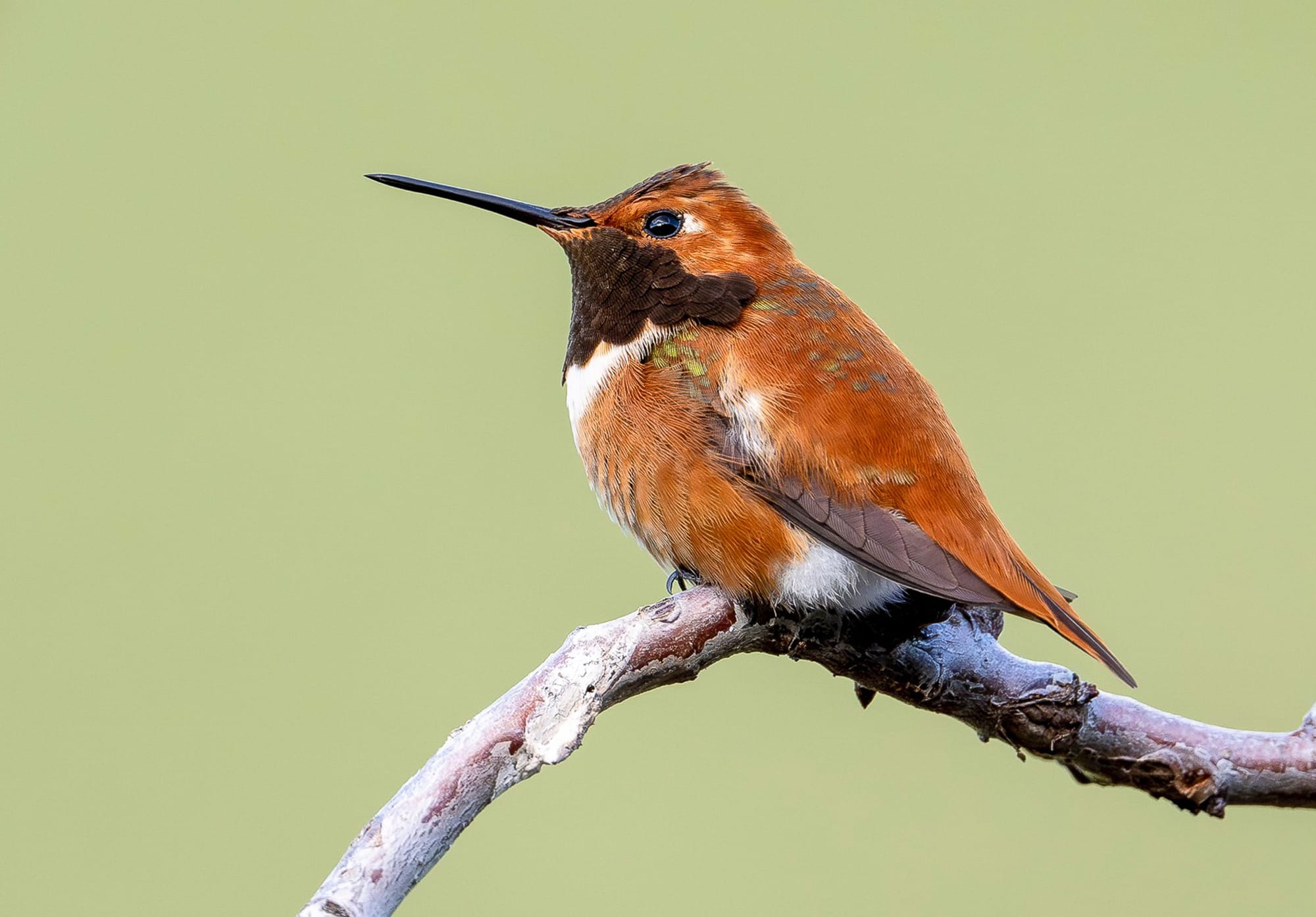
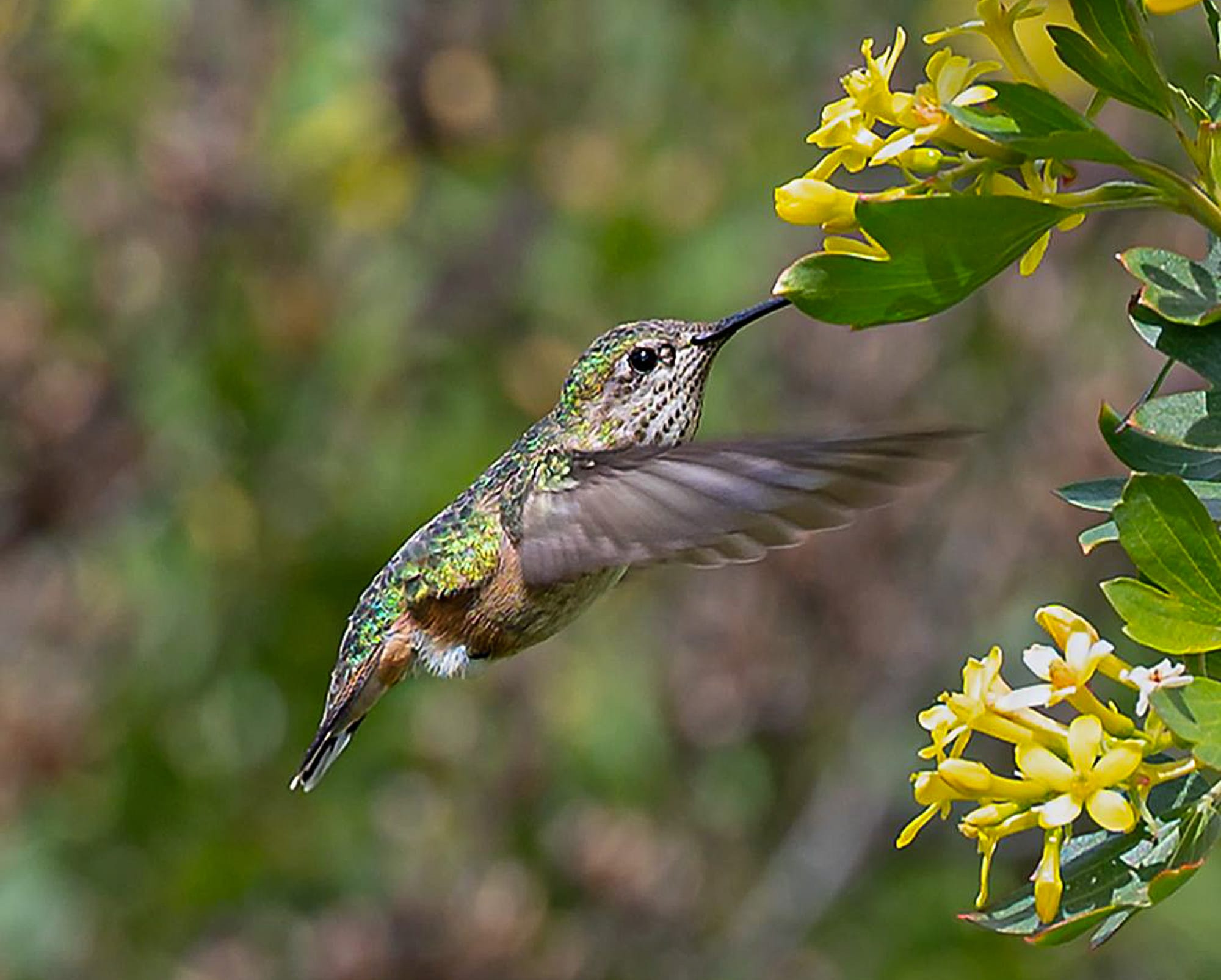
There was also a significant shift in the some of the small birds that migrate through the Methow Valley on their way north. Earlier in the week, it felt as if white-crowned sparrows and yellow-rumped warblers were everywhere, but I haven't seen one in a couple days. Have they all moved on, or will we get a few more waves?
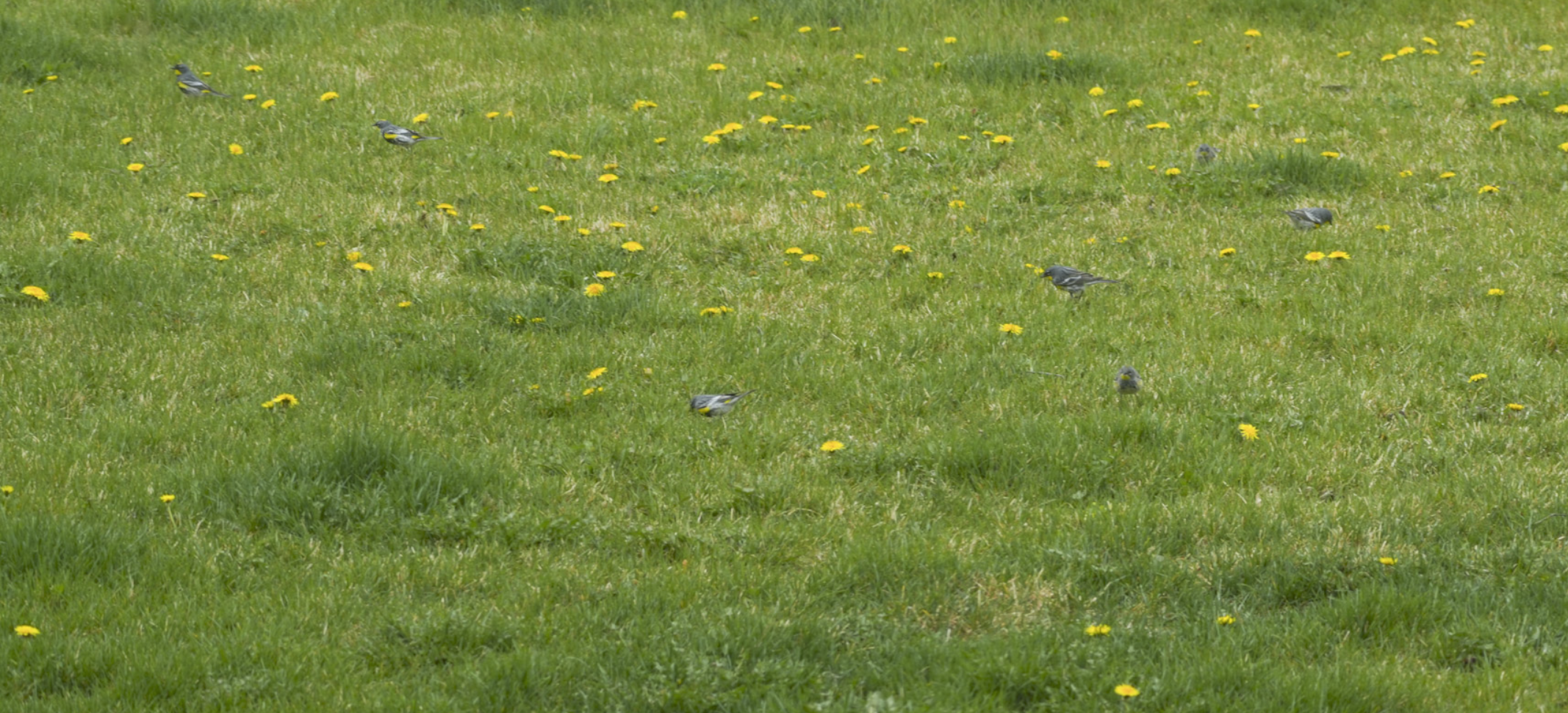
Wildflowers are still in full bloom around the valley, but overall, the flower displays feel more muted than other years and I wonder if it's because there's not much water available? You can tell from looking at water levels in the river that the landscape is dry this year, but it's even more sobering to look at the water gauges and see where we are in terms of a normal average.
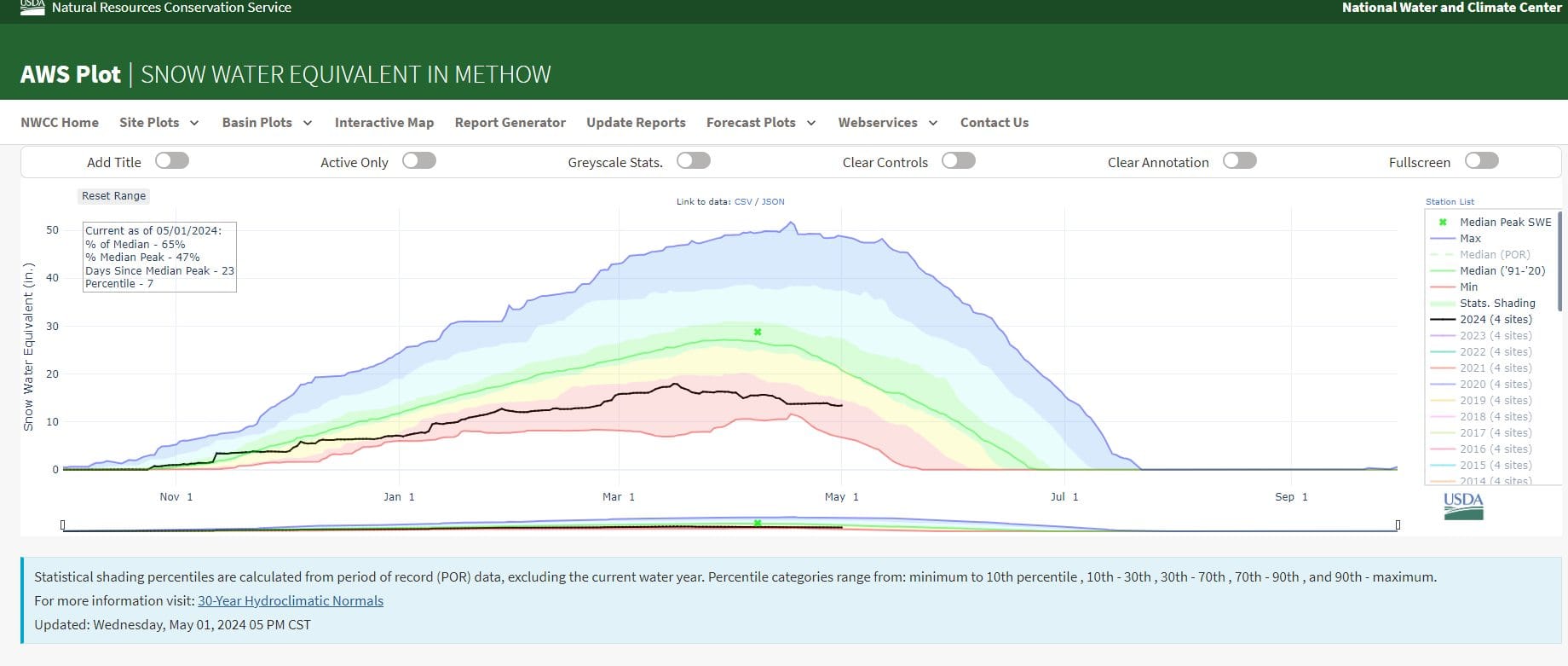
The snowpack was low this winter, and it started melting early, but on a more positive note, the spring has so far included many cloudy days with small amounts of continuing rain and snow. Thankfully, this seems to be extending the snowmelt and helping hold some water in the system.
Another result of this unsettled weather has been a stretch of incredible skies. Here's a sampling of images that people captured this week!
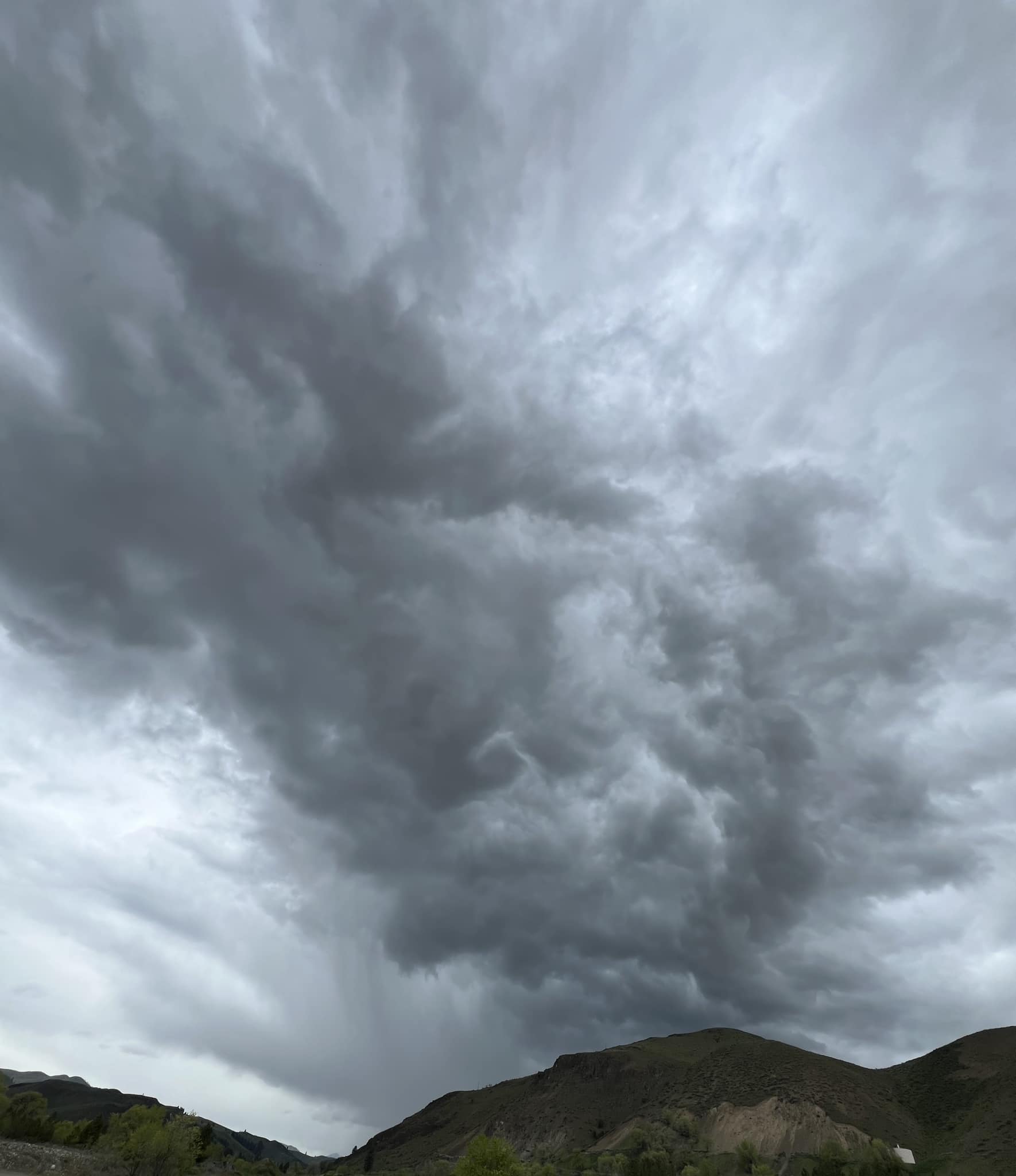
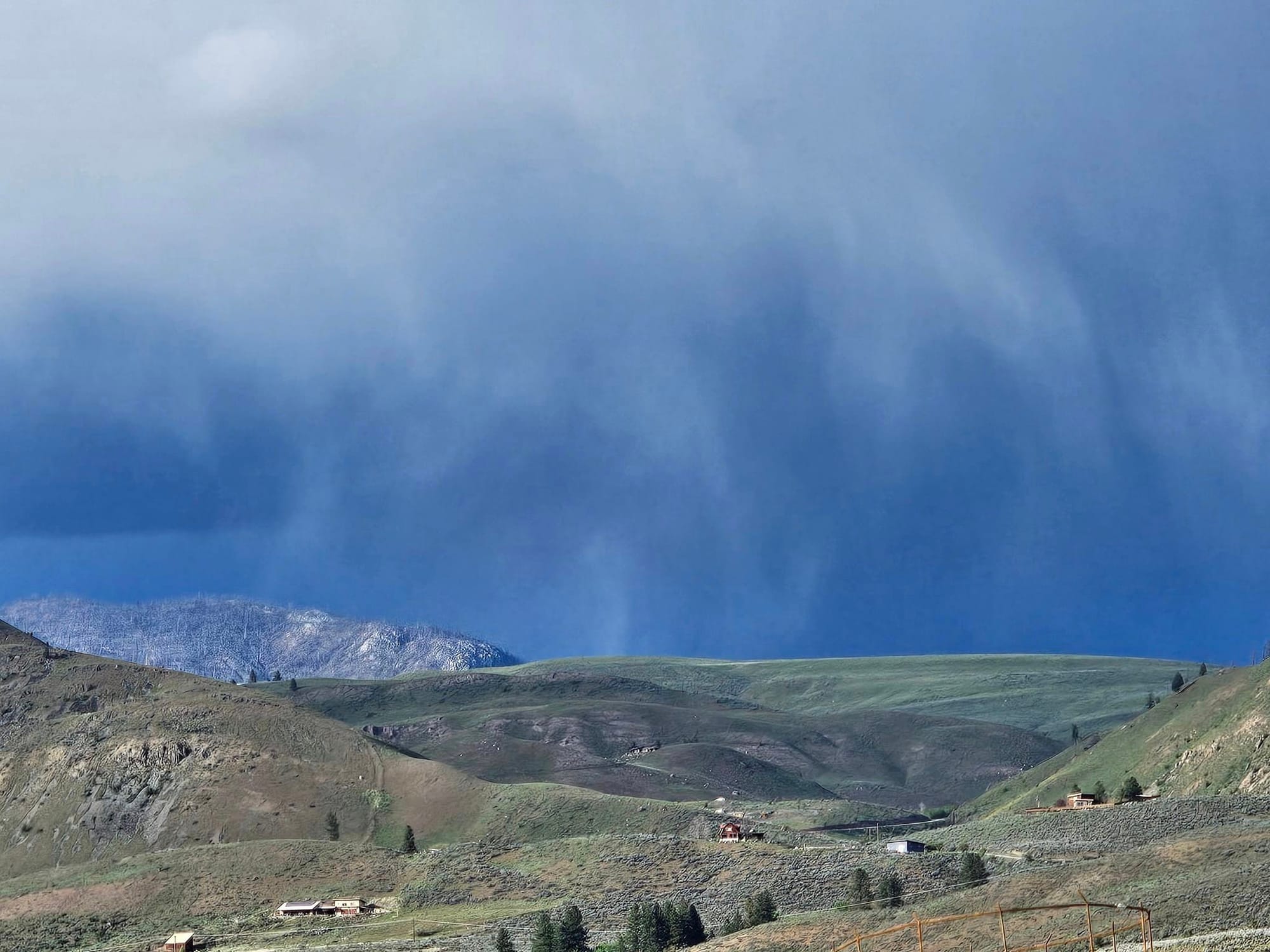
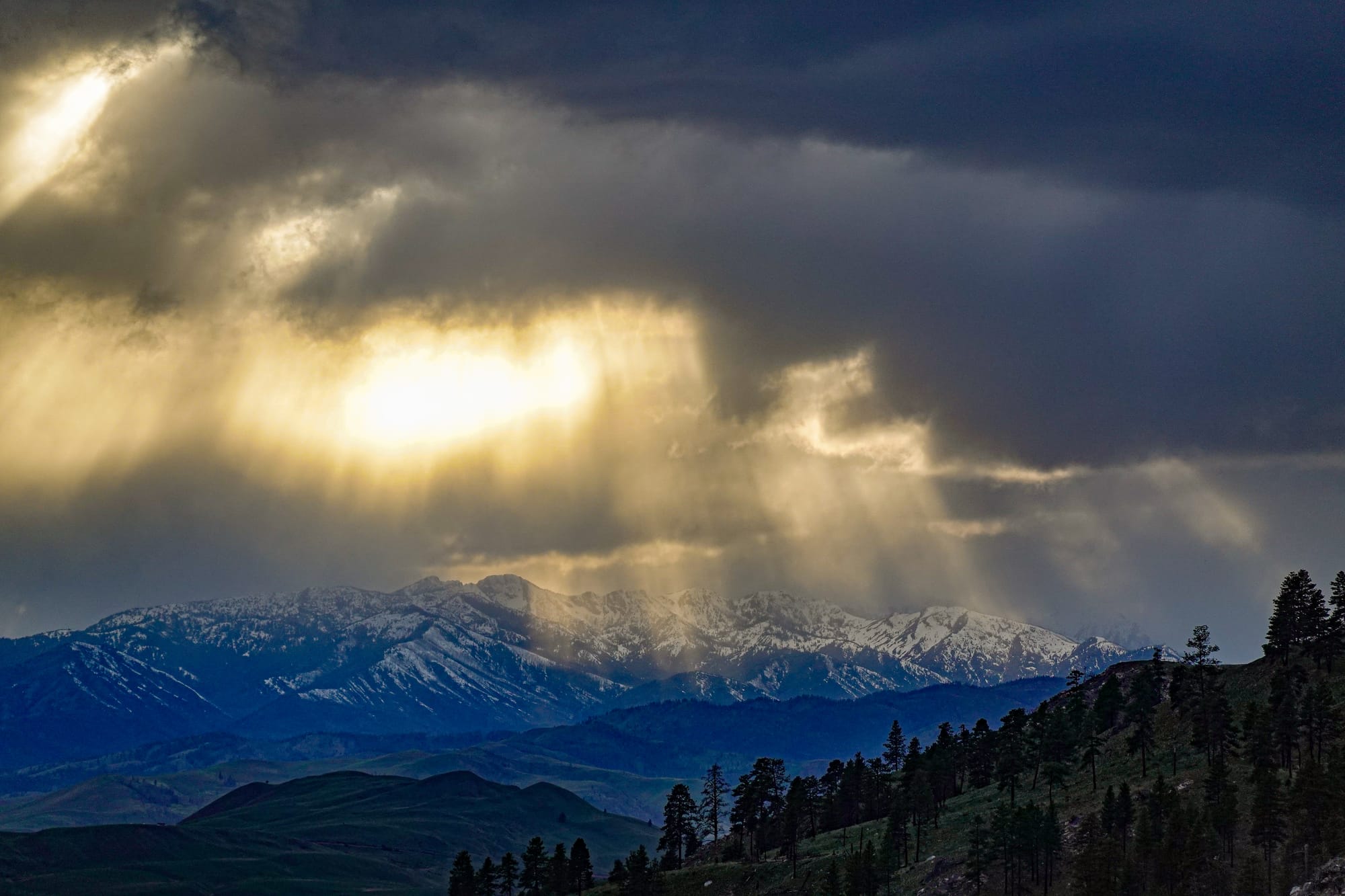
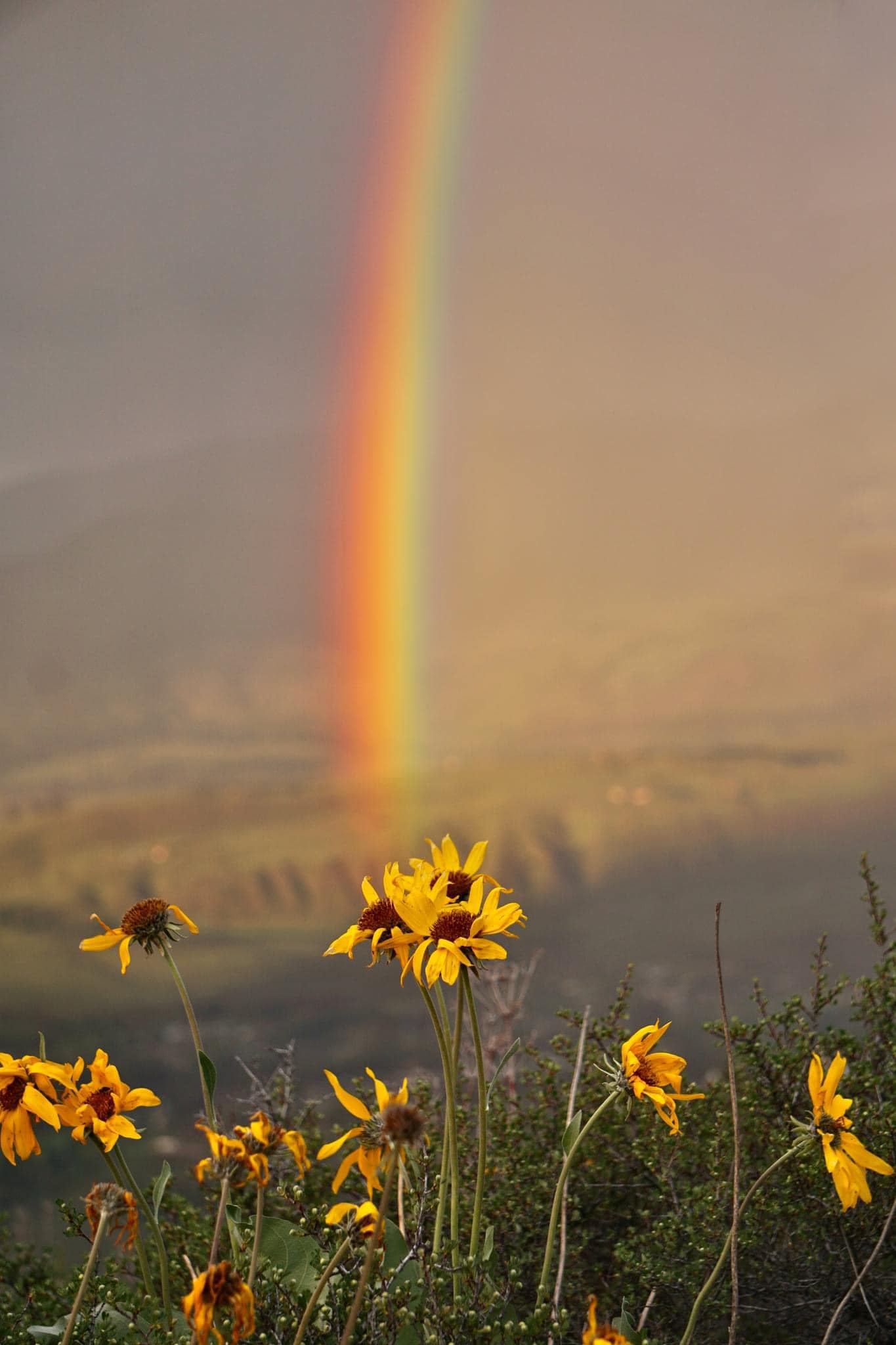
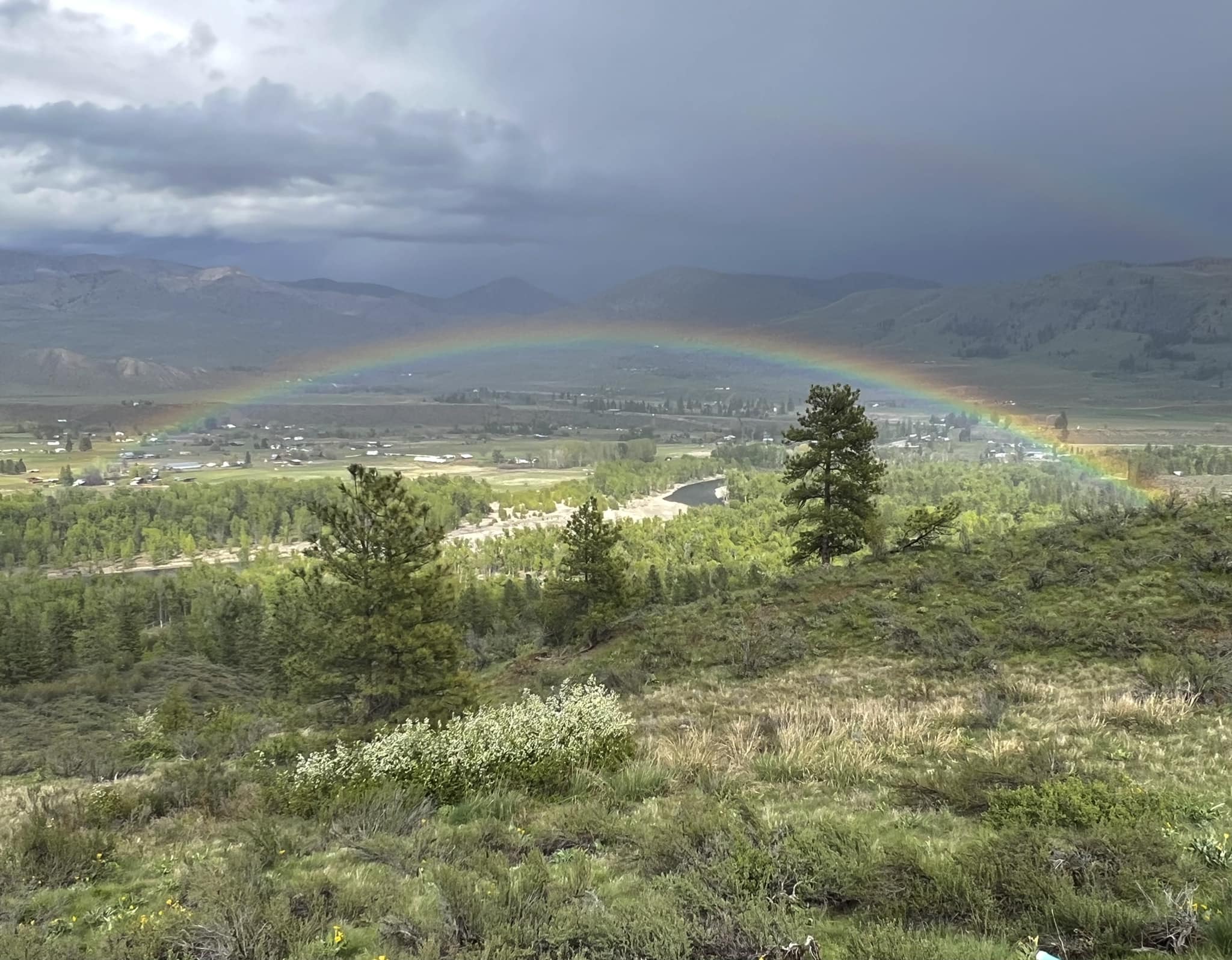
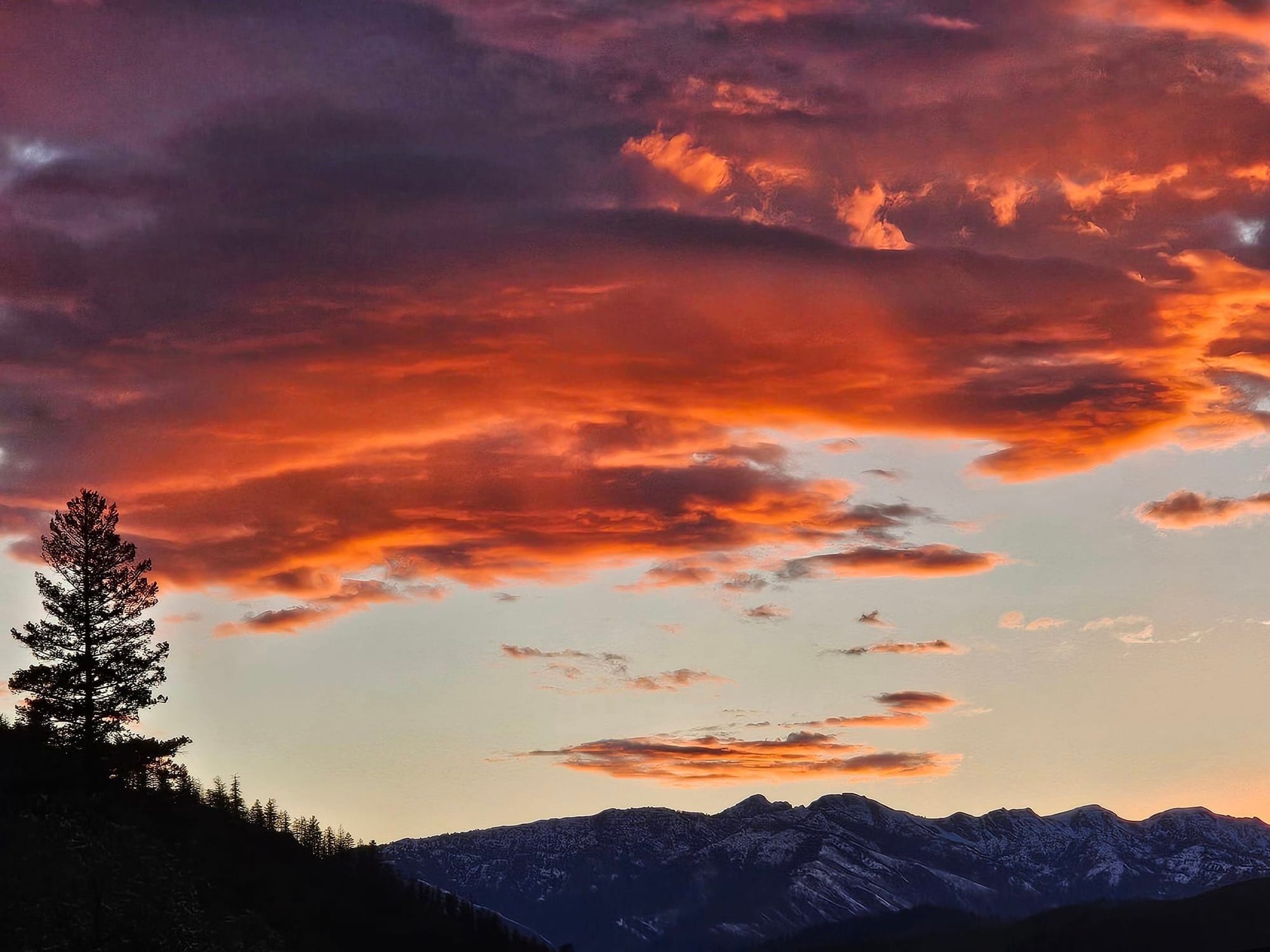
The Methow Valley really is a beautiful and special place!
Observation of the Week: The Myth of Logging
It might not be on your radar, but the Forest Service is deciding whether to greenlight the massive Midnight logging project on the Twisp River, and they are accepting public comments until May 16. Everyone seems to be missing this critical opportunity to comment because only 2-3 citizens showed up for a virtual comment meeting hosted by the Forest Service and so far, only 3 people have submitted comment letters. This matters because the Forest Service is legally obligated to respond to comments, and any comments you hope to make on the final proposal later this year will likely be ignored if you don't comment on the draft plan now. Last year's comment guide from the Methow Valley Citizens Council is a decent starting point for commenting on this project.

I know a lot of people support logging the Twisp River valley because we all think that logging and thinning forests make us safer from wildfires, so let's talk about some of the myths of logging.
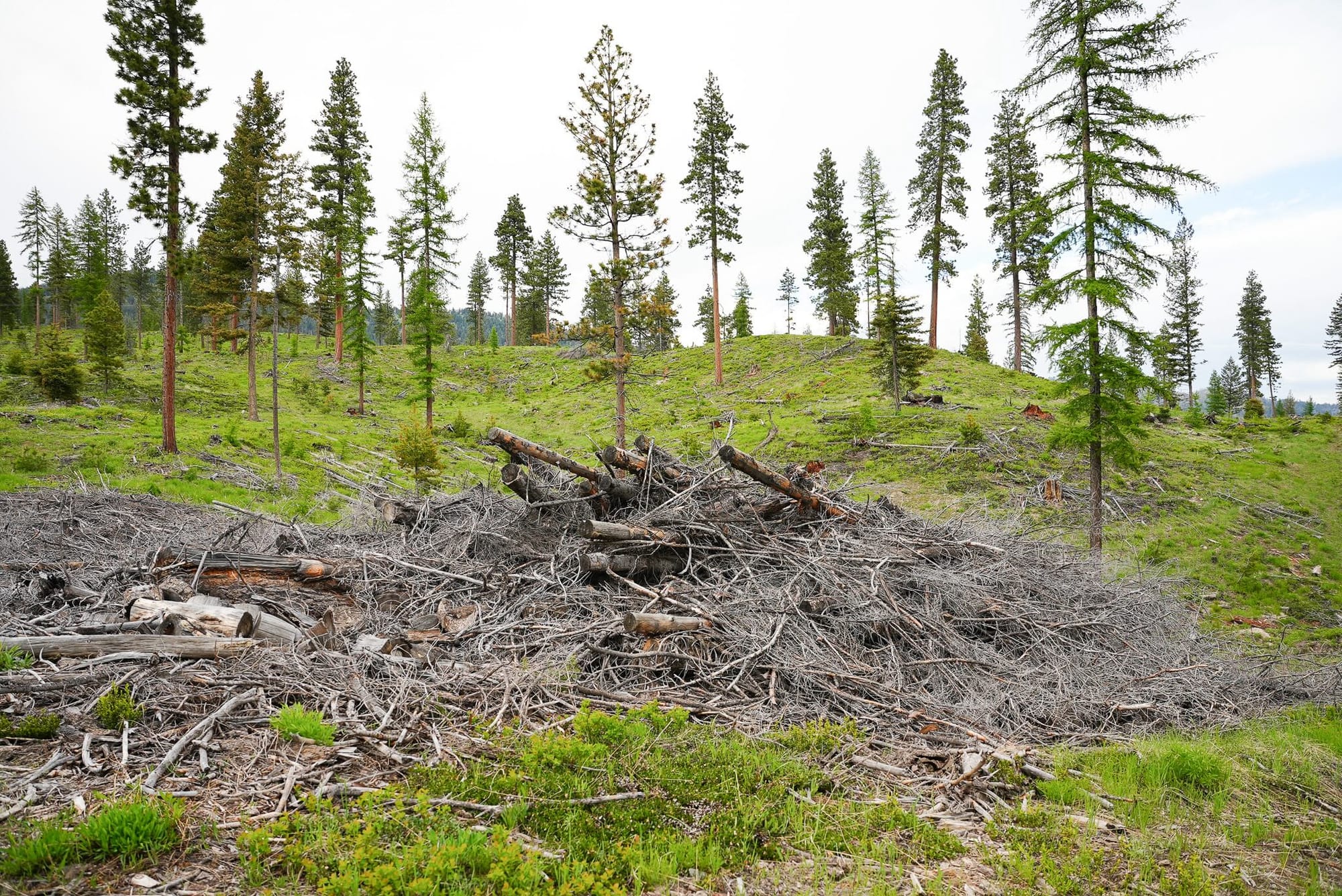
It is commonly believed that forests are like lawns that simply spring back after being logged. Therefore, cutting trees to reduce fires makes perfect sense because trees will grow back...but have you wondered if anyone has ever tested whether forests grow back?
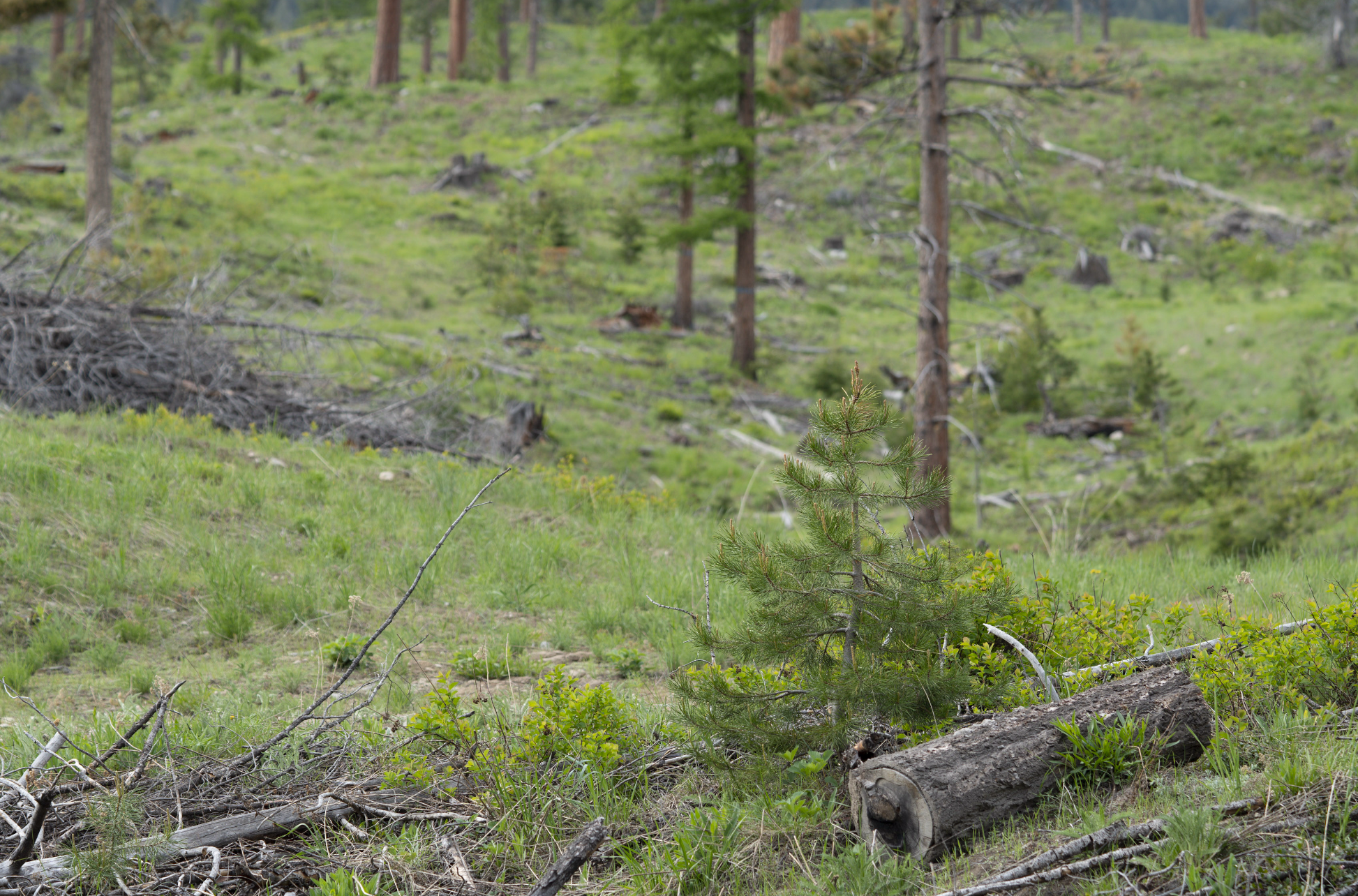
And how would we even know if forests grow back? This is actually a very hard thing to measure, but one tool involves looking at flowers and understory plants because they grow much faster than trees.
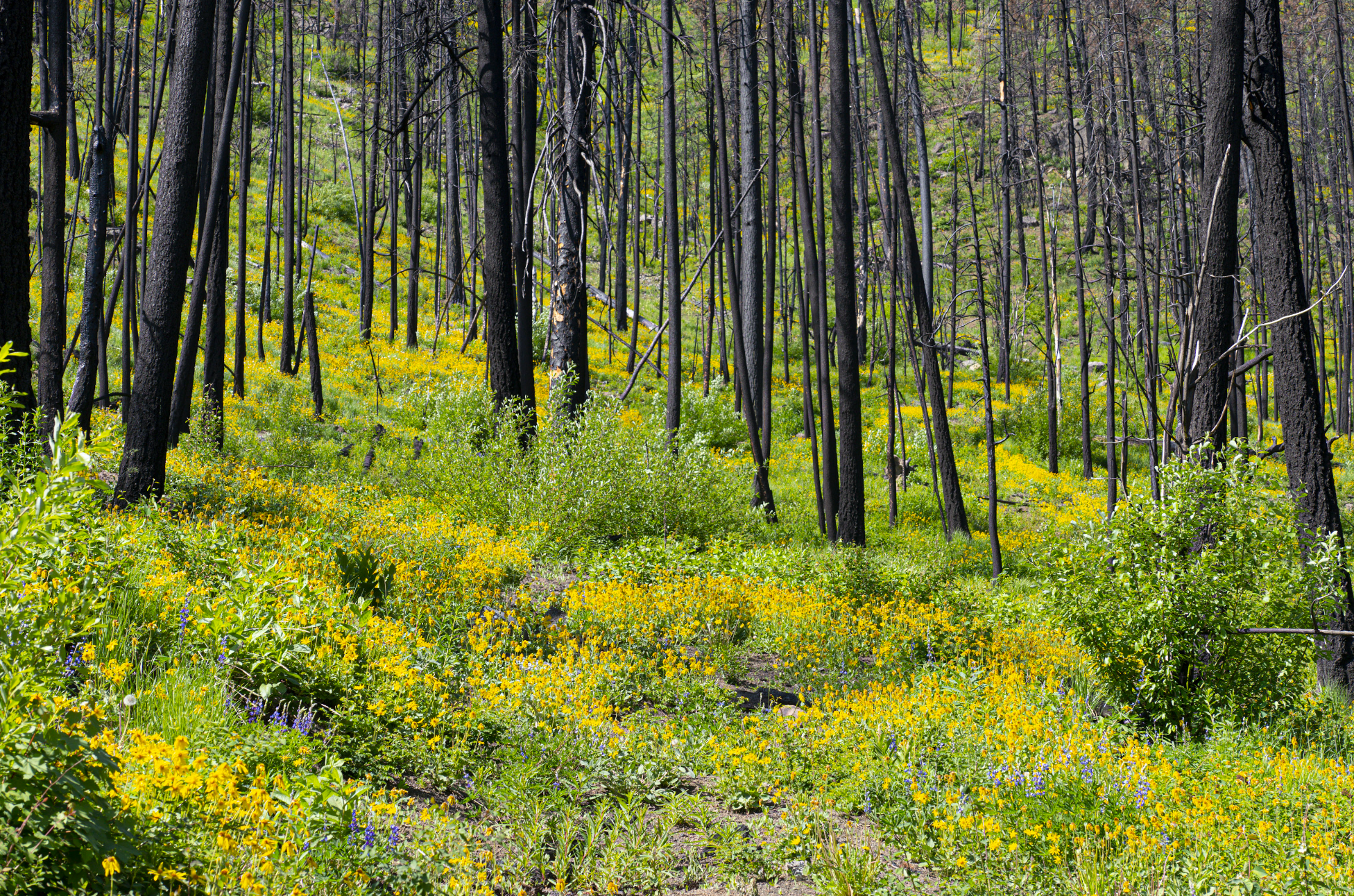
Studies that have looked specifically at flowers and understory plants have found that forests still aren't recovering 150 years after being logged or thinned! It turns out that once a forest is cut, the soil is altered in such a way that many species cannot, or do not, return for hundreds of years (if ever!!!).
There are at least five things going on here:
1). Logging equipment seriously damages soil structure and kills billions of microbes that live in every square yard of forest soil.
2). Logging removes vital nutrients that are almost exclusively stored in the wood of large trees and does not linger in the soil.
3). Logging opens up the forest floor, which dries and heats the ground, killing soil microbes that feed plants, and preventing shade-loving plants from reestablishing themselves.
4). Logging introduces huge numbers of invasive weeds that are virtually impossible to remove once established.
The fifth factor is something you'd never think of: logging eliminates forest-adapted ants! So, why does this matter? Many forest plants—the living fabric of a healthy forest—produce seeds that can only be dispersed and planted by ants. In the absence of ants these plants will never return to a site.
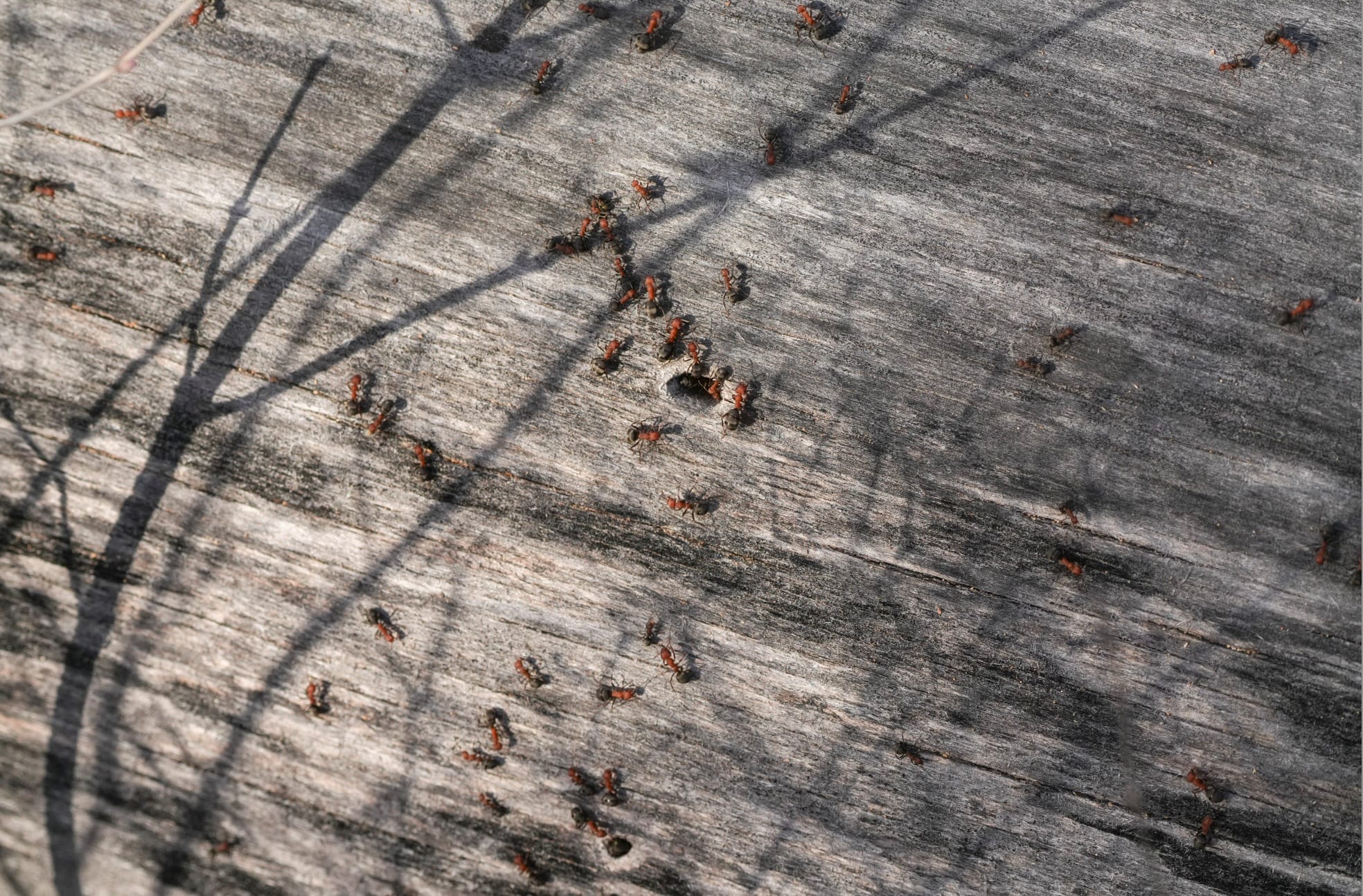
Even in a best-case scenario, forest plants colonize new areas at the rate of 3/4 of an inch every year. If you do the math in your head, that means it would take over 1200 years to recolonize a logged area 100 feet wide, yet all of the proposed logging projects on the Twisp River are many, many, many times bigger than this.
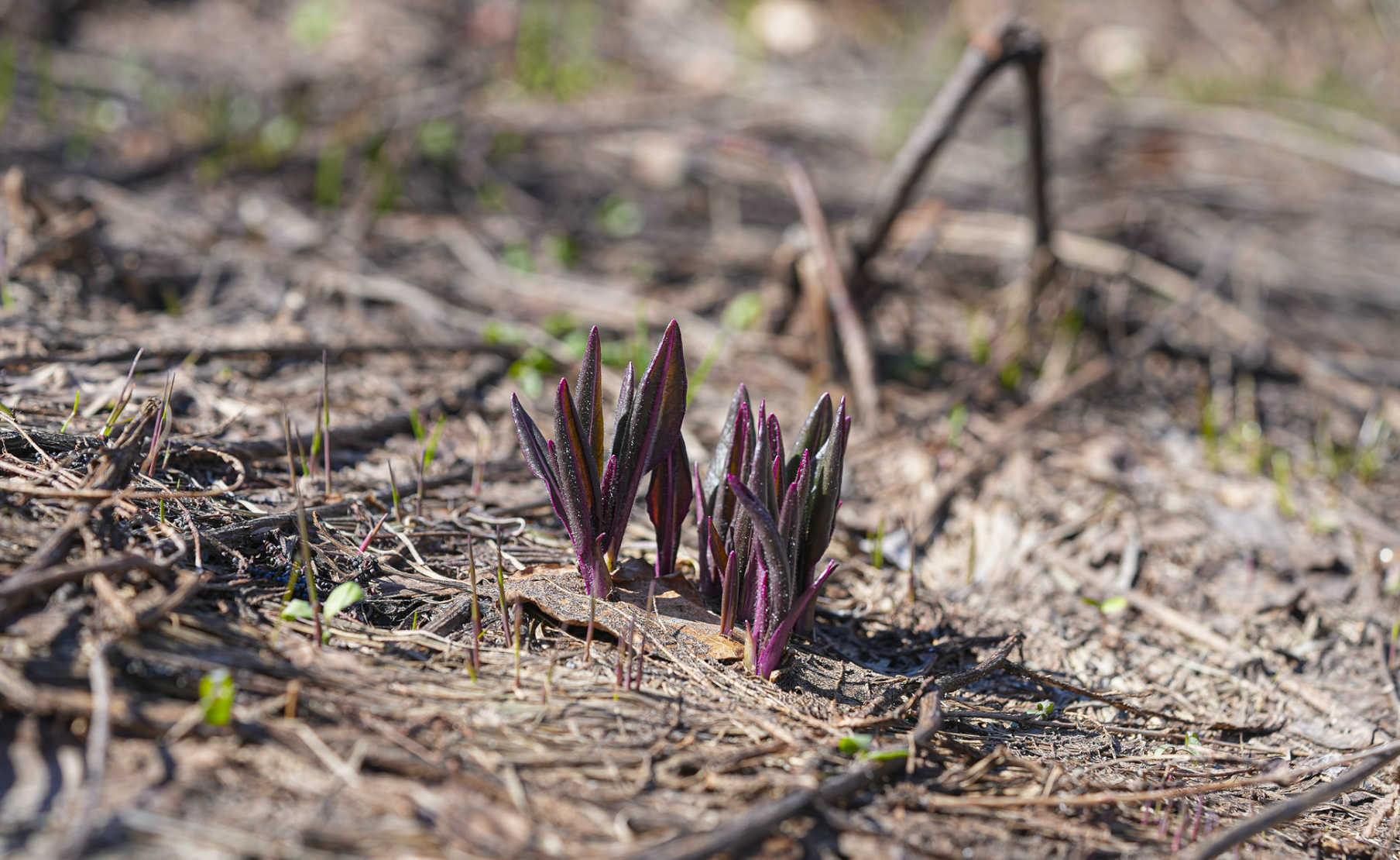
What this means for everyone in the Methow Valley is that a cycle of logging and thinning in the name of fire prevention will dramatically, and perhaps permanently, alter the character of our magnificent forests.
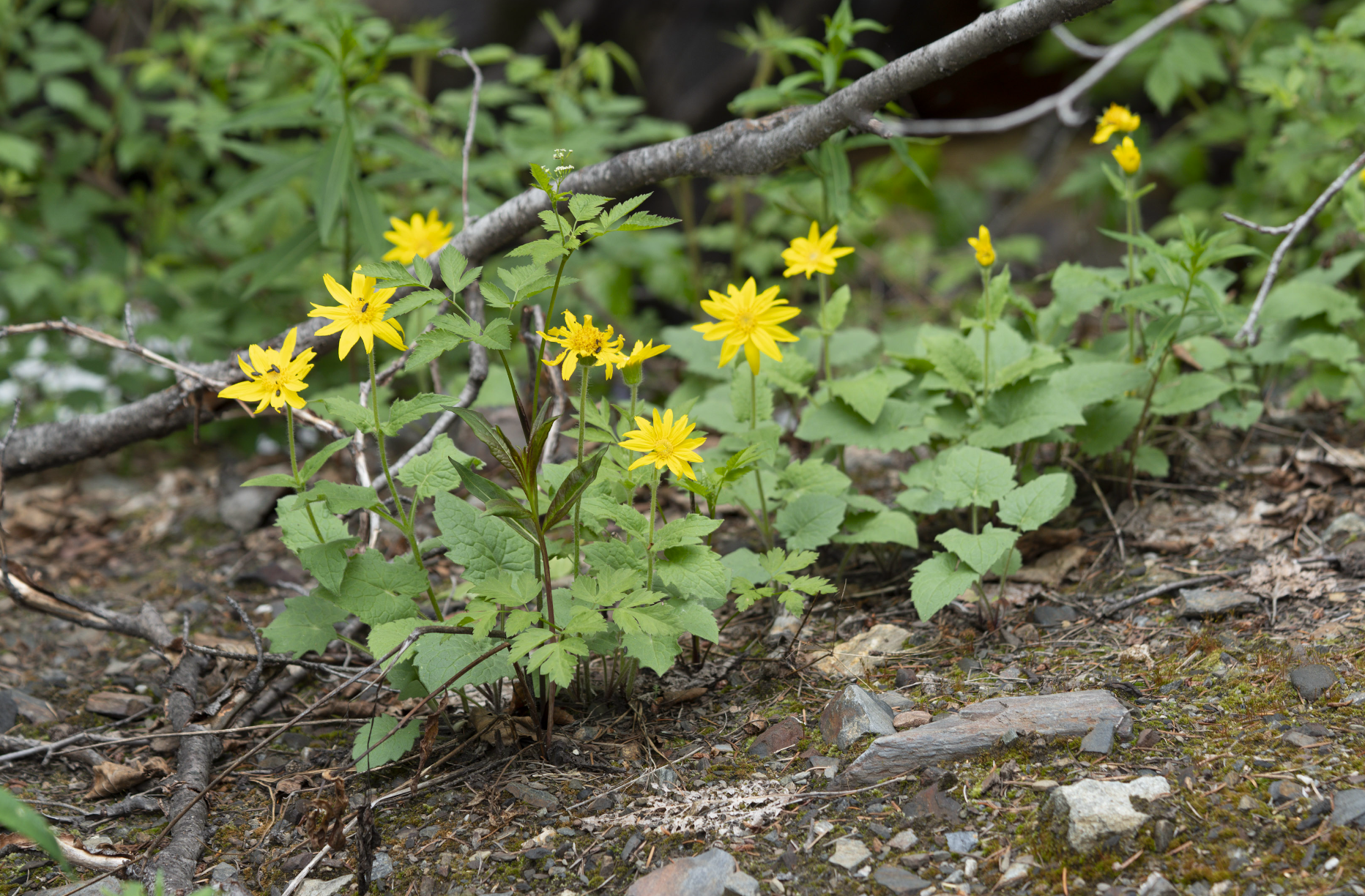
Ultimately, scientists are beginning to document (for example here) that logging and thinning projects DO NOT reduce the risk of high-severity wildfires and these massive logging projects are simply spending and wasting billions of dollars. Therefore, if the harmful impacts of logging and thinning are clearly documented, and the presumed benefits are unproven, it makes sense for all of us to come together to shift the Midnight logging project towards thoughtful alternatives that better protect our homes and community while also safeguarding the health of our forests and watershed.
Your comments matter, so please send them to the Forest Service by May 16 using this link.

